- Latin America is rich in mineral resources, and China-Latin America cooperation in mineral deposits faces opportunities
- Strengthening China-Latin America mining cooperation can provide effective guarantee for China to establish a stable and sustainable mineral supply system
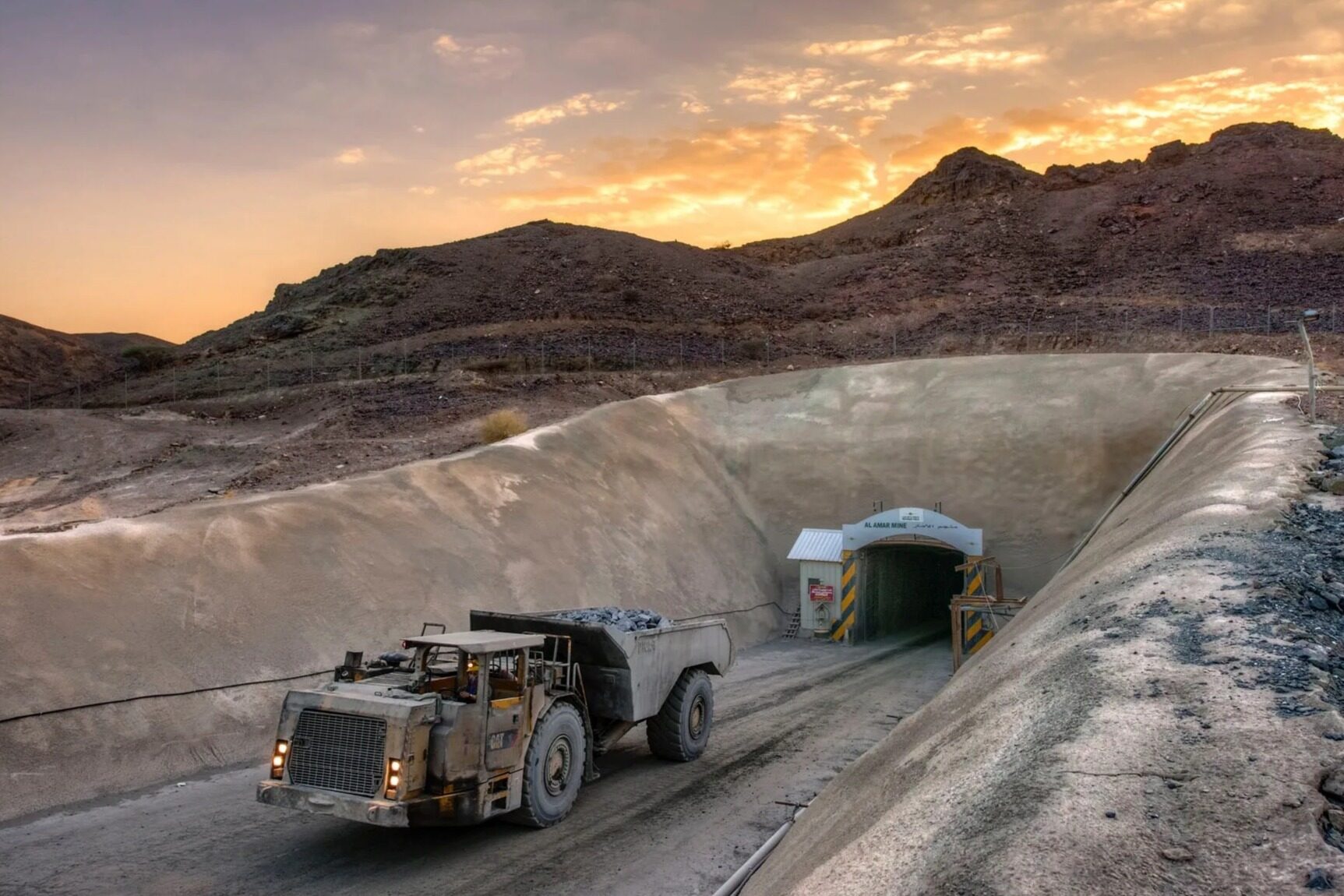
The repeated global COVID-19 outbreaks, the intensification of geopolitical division and multi-polarization in the world, the rise of world trade protectionism, the obstruction of mine production, poor shipping, and soaring freight rates have led to a widening of the global supply gap for mineral products and constant innovation in mineral product prices. Under favorable market conditions for mineral products, mining projects that have been blocked in the past two years have resumed construction, and it is expected that investment in mining construction will continue to increase.
Latin America has abundant and concentrated mineral resources, but the basic equipment and technical level are relatively backward. China has increased demand for mineral resources and has a high level of basic equipment construction and technical skills. China-Latin America mining cooperation is facing a realistic opportunity.
Overview of Mineral Resources in Latin America
Latin America is rich in mineral resources, and the dominant minerals are mainly copper, molybdenum, iron, gold, lithium, aluminum, tin, etc. In 2020, the share of copper mines will account for 57.17% of the world, the share of molybdenum mines will account for 47.67% of the world, and the share of iron ore and gold mines will be 57.17%. The shares accounted for 20.32% and 23.15% of the world, respectively. Among the major mineral resource countries in the region, Brazil's iron, bauxite, tin, nickel and rare earth reserves account for 18.89%, 9%, 9.77%, 17.02% and 17.5% of the global total, respectively; Chile's copper, lithium, molybdenum, etc. The resource reserves are abundant, accounting for 22.99%, 11% and 7.78% of the global total respectively; Peru's copper, molybdenum and bauxite reserves account for 10.57%, 15.56% and 6.67% respectively; Argentina's dominant resources are lithium ore and gold mines, the global reserves share are 23% and 3.02% respectively; Mexico's dominant resources are copper ore and fluorite, with global reserves shares of 21.25% and 6.09% respectively; Bolivia's lithium, tin and antimony reserves account for a relatively high global share, respectively 24%, 9.3% and 16.32%; Jamaica's dominant resource is bauxite.
The status quo of Chinese-funded enterprises in key mineral resource countries
Overseas investment in China's mining industry began in the 1980s and is one of the earliest industries to implement the "going out" strategy. These overseas mining investments stabilize and optimize China's mineral resource supply chain and industrial chain, and also promote the economic growth of host countries. .
Peru
Peru is the second largest producer of copper and the sixth largest producer of gold in the world. Mining is the pillar industry of Peru's economic development and its primary export industry, with exports accounting for about 60% of Peru's total exports. The companies engaged in the exploration and development of mineral resources in Peru are mainly large multinational mining enterprises or local enterprise groups from China, the United States, Australia, the United Kingdom, Canada and Switzerland.
In 2014, led by China Minmetals Resources, it successfully acquired the world's largest copper mine project under construction - Peru's Las Bombas Copper Mine for US$7 billion. The project was officially completed and put into operation in 2016 and is the largest investment project by China in Peru. Chinalco Peru Mining Co., Ltd. was established in 2007 and is primarily responsible for the construction, development and operation of the 10-million-ton super-large copper mine project in Tromoque, Peru. Zijin Tongguan, a joint venture established by Zijin Mining, Tongling Nonferrous Metals, and Xiamen C&D Development Group, has a super-large porphyry copper-molybdenum mine in Baihe, Peru, and is one of the top 10 undeveloped copper mines in the world.
Bolivia
Bolivia has a single economic structure with a weak industrial and agricultural base. The export of natural gas, ores and agricultural products is Bolivia's primary source of economy. Although Bolivia is a traditional producer of mineral products, due to the constraints of many factors such as transportation, capital, skills, and national policies, there is no systematic survey of the distribution and reserves of mineral resources nationwide, and the excavated mineral deposits account for the proven mineral deposits. The resource share is lacking by 30%, and most of the mining and processing levels are very low. The Bolivian government allows foreign companies to invest in the country, but in major investment projects cooperating with Bolivia's state-owned enterprises in the fields of oil, gas, and mineral deposits, the Bolivian side must account for more than half of the shares. Yunnan Chihong, CITIC Guoan, Jiangsu Geology and Minerals, Jiangxi Geology and Minerals, Feishang Group, etc. have been deeply involved in the mining industry in Bolivia for many years.
Argentina
Argentina's mining output value accounts for about 3.7% of its GDP, and three-quarters of its mineral deposits are for export. The current government attaches great importance to the development of lithium mines and its important role in developing a green economy.
South America is the region with the richest brine lithium resources in the world, accounting for about 85% of the world’s brine lithium resources. It is mainly distributed in the Pune Plateau region bordering Argentina, Chile, and Bolivia, known as the "lithium triangle" area. Almost all the salt mines in this area have brine rich in lithium, potassium and boron ions. The ratio of lithium to magnesium is low, accompanied by potassium and boron that can be comprehensively utilized. The resources are in good condition and the excavation conditions are excellent.
In the face of the global "dual-carbon" scenario and lithium prices continue to rise, many Chinese companies such as Ganfeng Lithium, Tsingshan Group, Zijin Mining, and Tibet Everest are accelerating the development and construction of multiple salt lake lithium extraction projects in Argentina. Shandong Gold invested in the Veladero Gold Mine Project in Argentina.
Chile
Chile is the country with the richest copper ore resources in the world, and the country with the largest copper production and export in the world, enjoying the reputation of "the kingdom of copper mines". Copper mining is an important pillar of the Chilean economy. In 2020, Chile's copper reserves will reach about 200 million tons, accounting for nearly 23% of the world's reserves, ranking first in the world.
Chile's lithium reserves are also very rich. At present, the world's proven lithium reserves are about 86 million tons, and Chile's reserves are about 9.6 million tons, accounting for 11% of the world's total, ranking third in the world. Chilean salt lakes have superior lithium resource endowments, low altitudes, high average lithium grades, and significantly lower magnesium-to-lithium ratios than other regional salt lakes. In 2020, the global lithium metal production value is 82,000 tons, of which Australia, Chile, China and Argentina are the main producers, and Chile accounts for about 22%.
In December 2018, Tianqi Lithium acquired a 23.77% stake in Chilean Chemical Mining Company for US$4.2 billion, becoming the company's second largest shareholder.
Ecuador
Ecuador's economy is dominated by petroleum, fishery and agriculture and animal husbandry, and its industrial organization is relatively simple. The oil industry is its No. 1 economic pillar, and now the country's daily crude oil is about 500,000 barrels. Ecuador is the world's largest exporter of bananas, the second largest exporter of shrimp and the third largest exporter of flowers. Ecuador is rich in mineral resources, with considerable reserves of gold, silver, copper, iron, and manganese, among which copper and gold mines have great mining value. The big mines are the Flota North Gold Mine (funded by Canada's LundinGold) and Mirador Copper Mine in Zamora-Chinchipe Province. Mirador Copper Mine is funded and developed by Tongling Nonferrous Metals and China Railway Construction Co., Ltd., with an annual production of about 20 million tons of ore and an annual output of 96,000 tons of copper.
Brazil
Brazil is the largest and most populous country in Latin America. As a member of the G20 and BRICS, its economic strength ranks first in Latin America. Brazil is extremely rich in mineral resources, and now there are about 50 kinds of minerals with proven reserves. According to data from the Ministry of Mines and Energy of Brazil, Brazil is the world's largest producer of niobium, the second largest producer of iron ore in the world, and the third largest producer of rare earth resources in the world. It has great potential for resource development. Brazil's Vale is the world's second largest mining company and the world's largest iron ore digger and supplier.
In recent years, China and Pakistan have achieved remarkable results in cooperation in the fields of oil and gas, electricity and power, but there are not many cooperation projects in the field of mining. In October 2016, China Molybdenum Co., Ltd. acquired the Anglo American Resources Group's Brazil Niobium Phosphate Project for US$1.5 billion, reorganized and established China Molybdenum Brazil. CMOC Brazil has now become a relatively mature operator of phosphate fertilizer resources, and its total output ranks second in Brazil. CMOC Brazil is one of the world's leading producers of niobium.
Mexico
As a major economic power in Latin America and an important mining producer in the world, Mexico has rich mineral resources. According to the calculation of the Mexican Ministry of Economy, Mexico now ranks among the top 10 in the world in terms of production value of 16 kinds of mineral resources, among which the production of silver mines ranks first in the world, fluorite ranks second, celestite ranks third, and wollastonite ranks third. No. 4, lead and molybdenum ranked No. 5. The Mexican group is the largest copper mining company in the country. According to WTO calculations in 2020, in 2019, the total export value of Mexican mineral deposits ranked 12th in the world and 4th in Latin America.
Ganfeng Lithium Industry and British mining company Bacanora Lithium Industry Co., Ltd. plan to start the infrastructure operation of the Sonora lithium clay project in 2021. The lithium resource of the project is about 8.82 million tons of lithium carbonate equivalent. It is expected to be put into production in 2023. 50% stake in the project.
The Significance of Strengthening China-Latin America Mining Cooperation
China's iron, copper, aluminum, nickel, chromium, manganese, cobalt, potassium, uranium and other more than 10 kinds of mineral resources have poor natural endowments, and the structural shortage has existed for a long time. The fundamental national policy of "utilizing both domestic and foreign markets and resources" and "developing resources and saving simultaneously, and putting saving in the first place".
Latin America has rich reserves of mineral resources and a relatively weak industrial base. Mining resources are mainly exported in the form of primary products. There are a series of difficulties such as lack of funds, lack of production capacity, and inefficient transportation capacity. It is urgent to seek foreign funds, skills, and industrial support. and so on for support. As a major producer and consumer of mineral resources in the world, China is the world's largest single demander of industrial metals, and has a comparative advantage in the entire industrial chain of mineral resource development. Strengthening China-Latin America mining cooperation can effectively guarantee China's establishment of a stable and sustainable mineral supply system. Editor / Xu Shengpeng
Comment
 Praise
Praise
 Collect
Collect
 Comment
Comment
 Search
Search


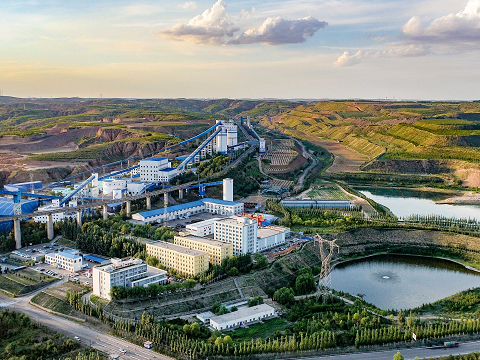
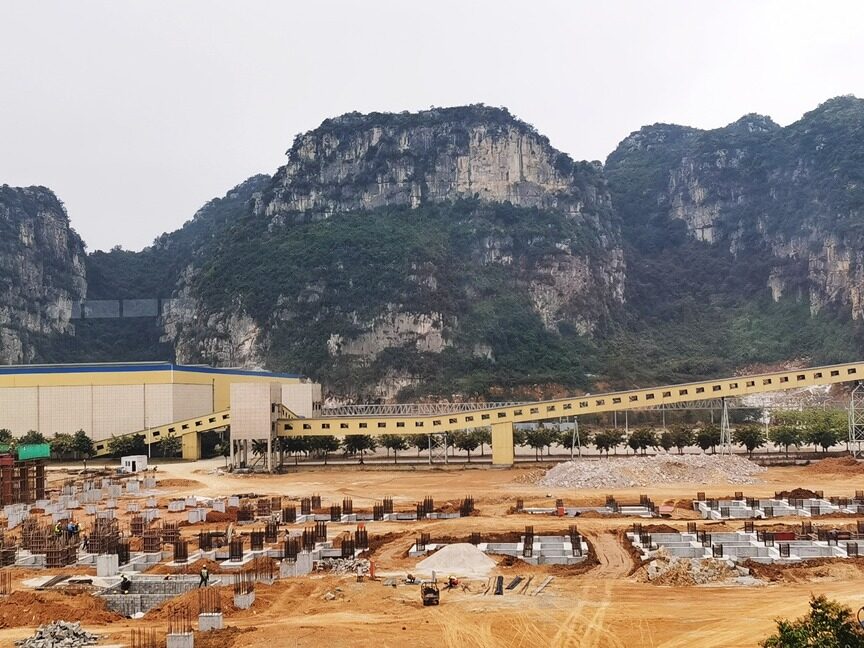
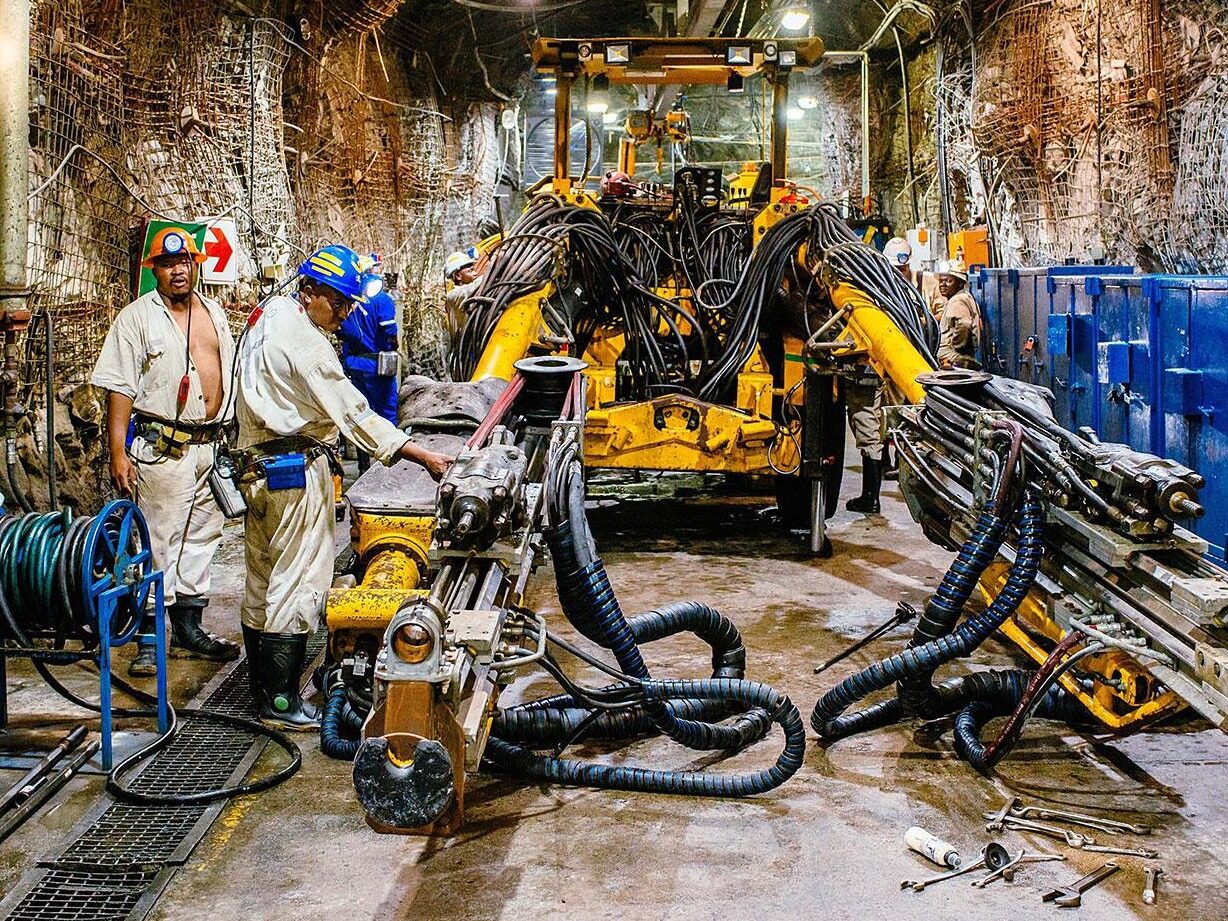
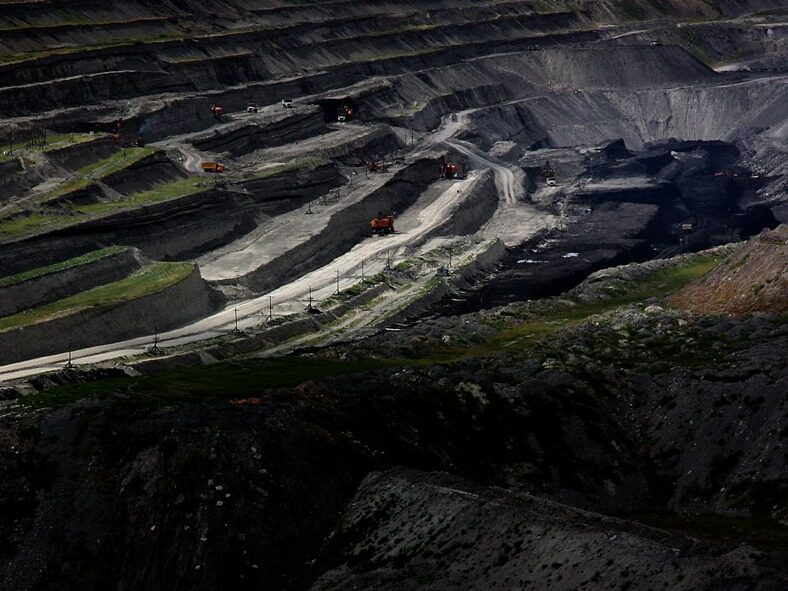
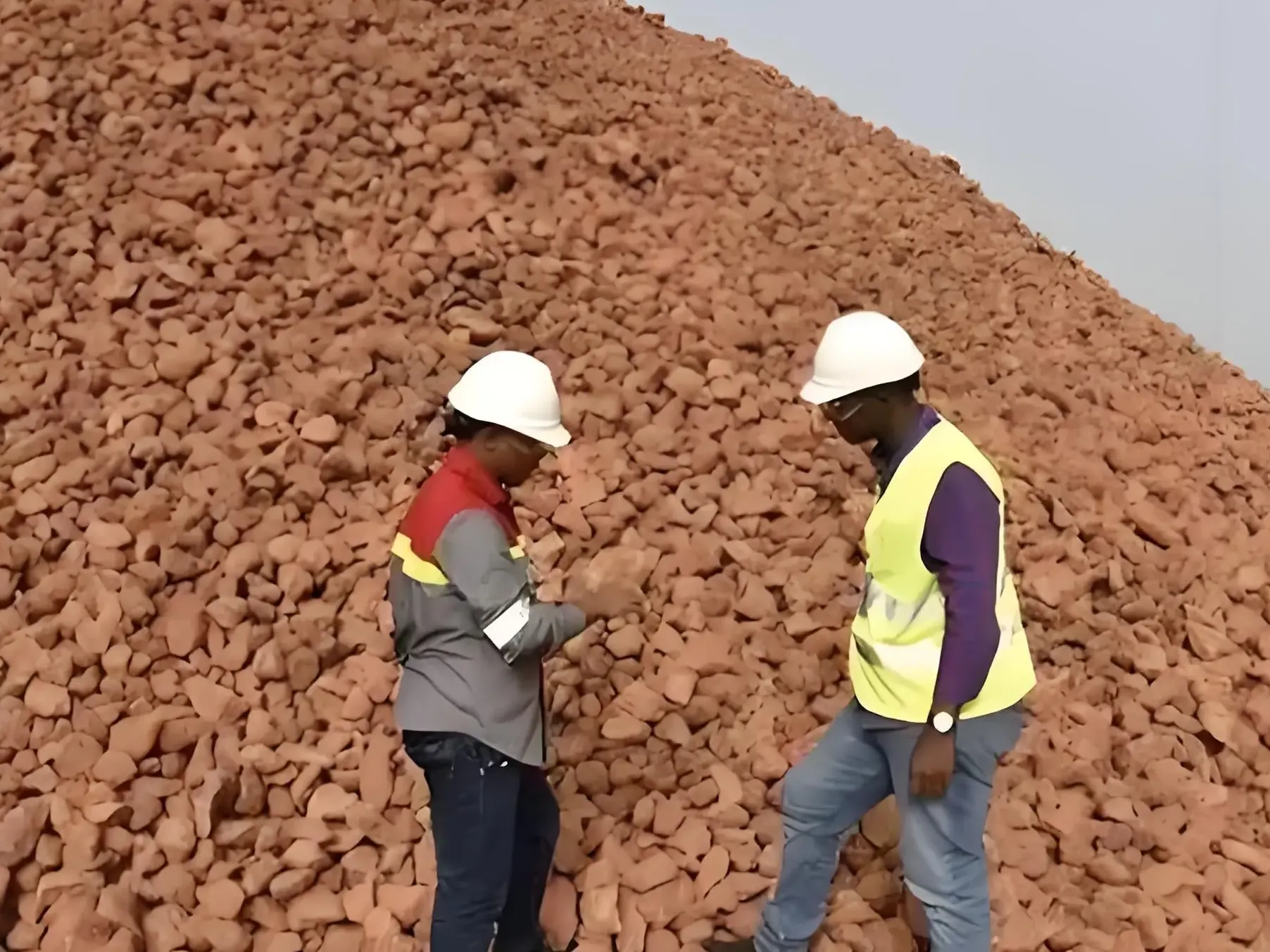
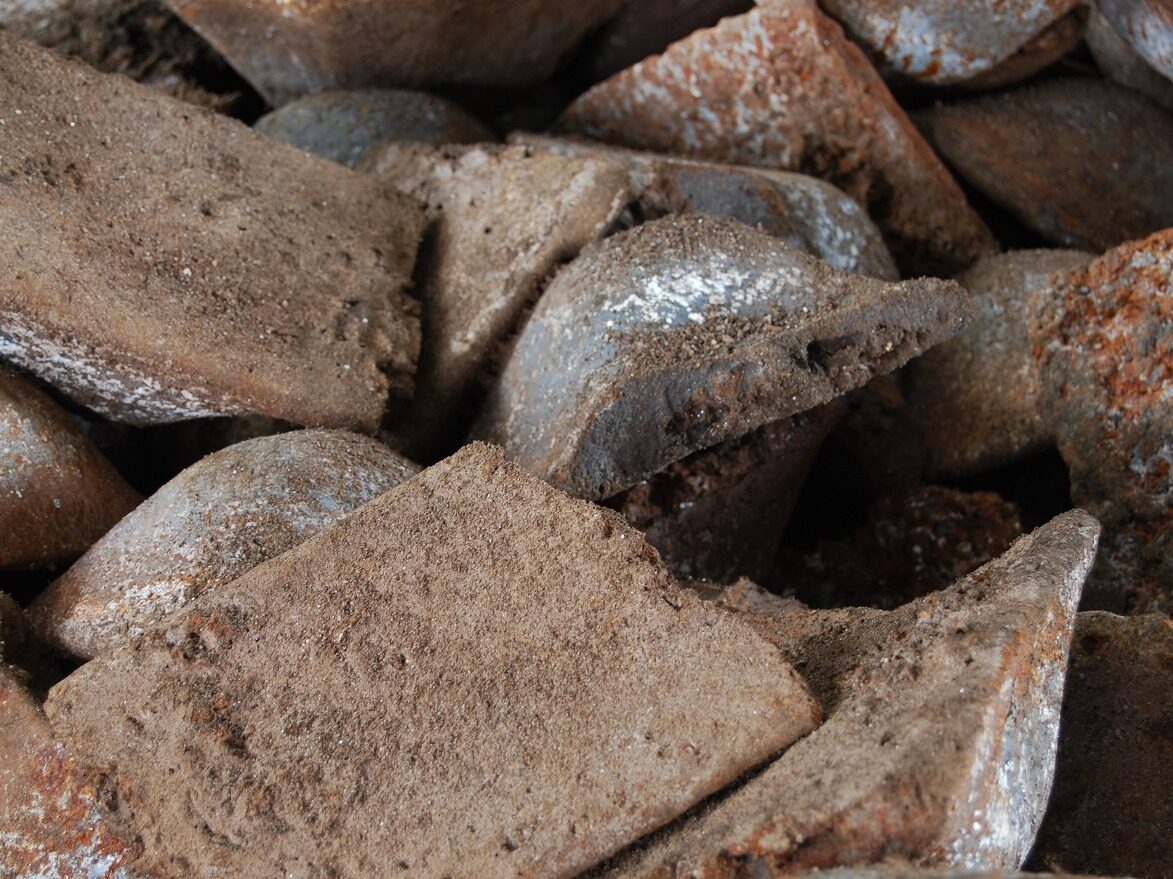






Write something~